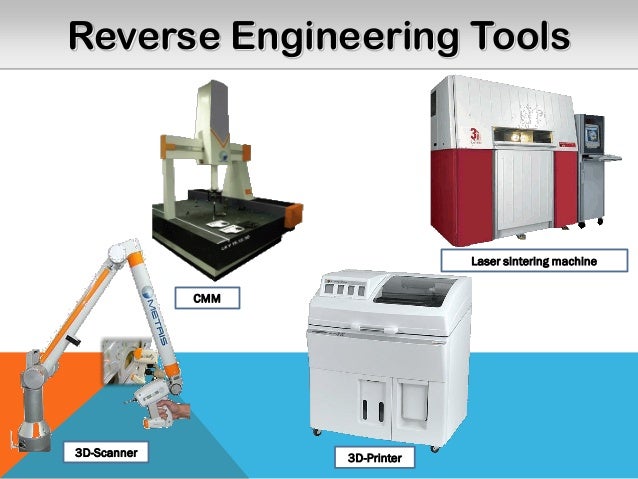Reverse Engineering Tools

Reverse engineering tools are software used to analyze and understand the inner workings of existing software or hardware systems. These tools allow engineers and developers to extract knowledge and design information from various sources, such as executable code, binary files, or hardware schematics.

Types of Reverse Engineering Tools

There are several types of reverse engineering tools, each designed for a specific purpose:
- Disassemblers: Extract assembly code instructions from executable files, making them readable for humans.
- Debuggers: Allow developers to examine the internal state of a running program and monitor its behavior.
- Binary Editors: Modify and manipulate binary files at the byte level.
- Profilers: Analyze the performance of software and identify bottlenecks.
- Hardware Debuggers: Used to debug hardware systems by examining internal signals and registers.
Applications of Reverse Engineering
Reverse engineering has numerous applications, including:
- Understanding Legacy Systems: Examining and documenting the design of outdated or unmaintained software.
- Security Analysis: Identifying vulnerabilities and exploits in software or hardware.
- Bug Fixing: Identifying and resolving bugs in existing software.
- Performance Optimization: Tuning software or hardware to improve efficiency.
- Firmware Modification: Modifying the software embedded in hardware devices to add new functionality or fix bugs.
Benefits of Reverse Engineering
Reverse engineering offers several benefits:
- Knowledge Acquisition: Provides insights into the design and implementation of existing systems.
- Improved Debugging: Enables deep analysis of software behavior and identification of root causes of issues.
- Security Enhancement: Helps uncover vulnerabilities and harden systems against threats.
- Performance Optimization: Allows for detailed performance profiling and optimization of code and hardware.
- Innovation: Inspires new ideas and approaches by studying existing designs.
Challenges of Reverse Engineering
Reverse engineering also presents challenges:
- Complexity: Understanding complex systems can be time-consuming and error-prone.
- Intellectual Property Rights: It’s important to consider copyright laws and obtain permissions before reverse engineering software or hardware.
- Limited Documentation: Legacy systems might lack proper documentation, making reverse engineering difficult.
- Encryption and Obfuscation: Developers may use techniques to make code harder to analyze.
- Ethical Concerns: Reverse engineering can sometimes be used for unethical purposes, such as piracy or hacking.
